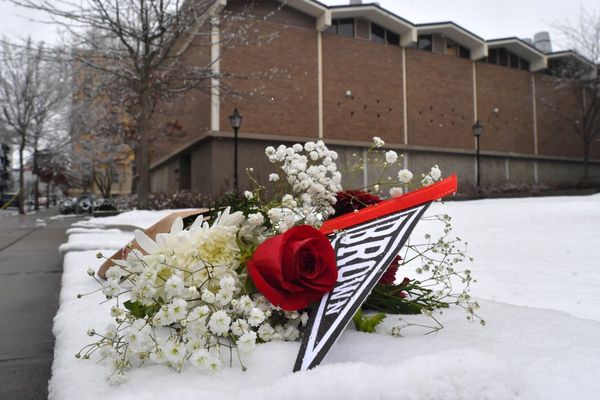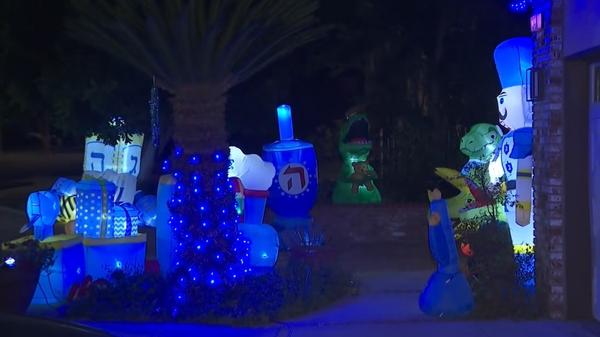
Wipha – typhoon downgraded to tropical storm – has made landfall in northern Vietnam, bringing strong winds and heavy rains that left five people dead and displaced thousands over the weekend in the nearby Philippines.
The storm – classified as a typhoon on Monday while over open water – came ashore at 10am (03:00 GMT) on Tuesday with maximum sustained winds of 102km/h (63mph), according to local weather officials.
After landfall, it began moving southwest.
The storm knocked out power in parts of Hung Yen province, east of Hanoi. Residents rushed to petrol stations to buy fuel for generators, state media reported.
The streets of the capital city, Hanoi, were nearly empty as the storm moved inland. Most businesses were closed, and the city government has advised residents to stay home and evacuate buildings that are unstable or in flood-prone areas.

No casualties or damage have been reported so far in Vietnam, while an estimated 350,000 Vietnamese soldiers are on standby as the country’s weather agency expects up to 500mm (about 20 inches) of rainfall, which could cause dangerous flooding and landslides.
Wipha is forecast to weaken to a low-pressure event on Tuesday night, said Vietnam’s national weather forecast agency.
Flights were cancelled across northern Vietnam, and airports in the port city of Hai Phong and Quang Ninh province were closed.
Nearly 150,000 hectares (370,000 acres) of aquaculture farms and more than 20,000 floating fish cages are at risk from flooding and strong winds, according to state media.
Vietnam has warned of flooding as heavy rain from Wipha moves inland.
Philippines
Floodwaters driven by torrential rains in the aftermath of Wipha brought much of life in the Philippine capital, Manila, to a halt earlier on Tuesday, with tens of thousands evacuated from their homes and at least two people believed missing.
Schools and government offices remained closed in Manila and surrounding provinces after a night of rain that saw the region’s Marikina River burst its banks.
More than 23,000 people living along the river were evacuated, who took shelter in schools, village halls and covered courtyards. About 25,000 others were evacuated in the metropolitan area’s Quezon and Caloocan cities.
An elderly woman and her driver were swept down a swollen stream as they attempted to cross a bridge in Caloocan, John Paul Nietes, an emergency operations centre assistant supervisor , told the AFP news agency.
“Their car was recovered last night. The rescue operation is continuing, but as of today, they haven’t found either of them,” he said.

According to the Philippine National Disaster Risk Reduction and Management Council, five people were killed as of Monday, and at least another five were injured following Wipha, local news outlet Enquirer.net reported.
Seven people are missing, according to the council.
At least 20 storms or typhoons strike the Philippines each year, with the country’s poorest regions typically the hardest hit.
Their impact has become deadlier and more destructive as storms grow more powerful due to climate change.
Earlier this year, Super Typhoon Yagi hit Vietnam, killing about 300 people and causing some $3.3bn in damage.







